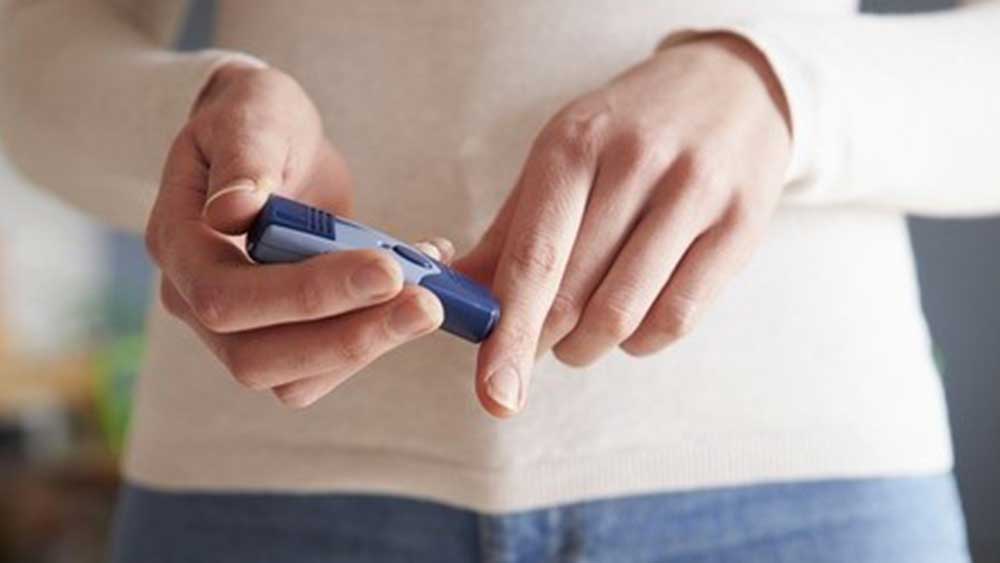
Importance of Early Spotting of Diabetic Retinopathy in Type 2 Diabetes Patients
Diabetic retinopathy (DB) is a complication that affects the eyes of people with diabetes. It occurs when high blood sugar levels damage the blood vessels in the retina, the light-sensitive part of the eye. If left untreated, DB can lead to vision loss and even blindness. Early detection and treatment of DB is crucial in preserving vision and preventing further damage.
Type 2 diabetes is the most common form of diabetes and affects millions of people worldwide. It is a chronic condition characterized by high blood sugar levels and insulin resistance. People with type 2 diabetes are at an increased risk of developing DB, and early detection is critical in managing the condition.
Why is early detection important?
Diabetic retinopathy (DB) can develop slowly and often has no symptoms in its early stages. By the time symptoms appear, significant damage may have already been done to the retina. This is why early detection is so crucial. With regular eye exams, DB can be detected early, and appropriate treatment can be started to prevent further damage.
Regular eye exams are the key to early detection. An eye doctor can detect DB by examining the retina with a special tool called a dilated eye exam. This allows the doctor to see the inside of the eye and check for signs of damage to the blood vessels. If diabetic retinopathy is detected early, treatment can be started before significant damage occurs.
The benefits of early detection
There are several benefits to early detection of DB. Early treatment can slow the progression of the condition and prevent vision loss. In many cases, early treatment can also reverse some of the damage that has already been done to the retina.
Treatment options for diabetic retinopathy vary depending on the severity of the condition. In the early stages, treatment may involve monitoring the condition and making lifestyle changes to control blood sugar levels. For more advanced cases, laser therapy or surgery may be required.
In addition to preventing vision loss, early detection of DB can also improve quality of life. People with DBy who receive early treatment are less likely to experience vision loss, which can impact their daily activities and independence.
Who is at risk of diabetic retinopathy?
Anyone with type 2 diabetes is at risk of developing diabetic retinopathy. However, certain factors can increase the risk, including:
Diabetic Retinopathy Risk Factors
Diabetic retinopathy is a serious complication of diabetes that can lead to vision loss. People who are at risk of developing DB include:
People with uncontrolled diabetes: People with high blood sugar levels for a long period of time are at higher risk of DB.
People with type 1 or type 2 diabetes: Both types of diabetes can lead to DB. However, people with type 1 diabetes are more likely to develop the condition at a younger age.
People with high blood pressure: High blood pressure can damage blood vessels in the retina and increase the risk of diabetic retinopathy.
People who smoke: Smoking can increase the risk of diabetic retinopathy.
People with a family history of diabetic retinopathy: If you have a family history of the condition, you may be at increased risk.
People who have had diabetes for a long time: The longer you have diabetes, the more likely you are to develop diabetic retinopathy.
Visit DocMode for Courses and lectures








